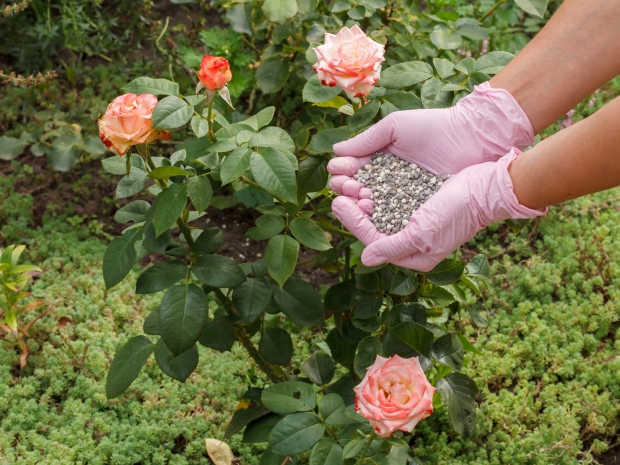Fertilizing Your Flowers
Like humans, the flowers in your yard and garden need “food” as well. Instead of calories, they need nutrients that the roots pull from the soil. To keep your plants healthy and thriving, you should periodically fertilize the soil to ensure they have an adequate supply.
To fertilize your flowers correctly, it’s essential to understand why it’s necessary and some basics about the different types of fertilizers.
Why Is Fertilizing Necessary?
Every plant has specific nutrients that are essential for growth. These nutrients are used for basic cellular functions and drive photosynthesis and growth. Without them, the overall plant health is affected, even though signs may not be visible.
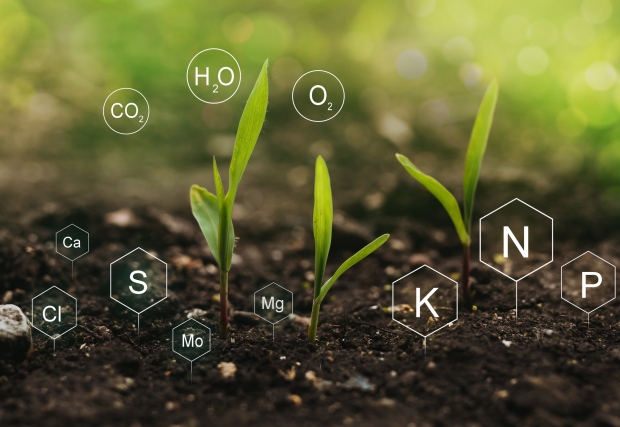
Most nutrients are found naturally in the soil, and plants absorb them through their roots. But over time, the soil’s nutrient levels decrease and may become depleted as they are used by plants or washed out of the soil from excess water.
This reduction is why you need to fertilize your flowers periodically. Fertilizers add the nutrients back to the soil, improving plant growth, similar to vitamins for humans.
Types of Fertilizers
Fertilizers are available as a range of products, from animal waste to strategically formulated products designed for specific plants or nutrient needs. One of the benefits of the different types is it allows you to tailor a fertilizer program to your wants and needs.
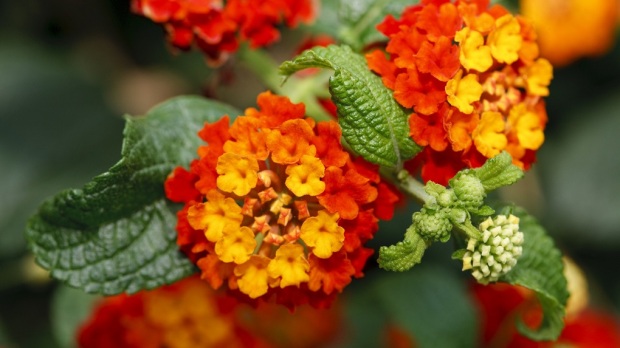
Organic Versus Conventional
Let’s start by discussing conventional and organic fertilizers.
Conventional fertilizers — commonly called inorganic fertilizers — are made using manufactured or synthetic materials. They can contain naturally occurring materials too.
Organic fertilizers are made entirely from naturally occurring materials. They typically consist of decomposed remains of dead organisms or waste products. The product must be broken down to release nutrients.
Advantages of conventional fertilizers:
- Nutrients are (usually) available quickly for plant uptake, so deficiencies are fixed rapidly.
- Easy to find and relatively cheap.
Advantages of organic fertilizers:
- Considered more environmentally sustainable because they need less energy for manufacturing and produce less greenhouse gas emissions.
- When soil microorganisms break the products down, soil organic matter levels increase, improving the soil.
Slow-Release Versus Quick-Release
These products differ when their nutrients are available for plant use.
Quick-release fertilizers have immediately available nutrients and can quickly fix deficiencies. These products are typically conventional formulations.
Slow-release fertilizers have ingredients that break down, gradually releasing nutrients to your plants over time. Organic fertilizers are typically slow-release, but some conventional products are too.
Liquid Versus Granular
Fertilizers can either be purchased in granular forms or liquid concentrates.
Granular fertilizers are a mix of dry ingredients formed into granules for easy application. They can be conventional or organic and quick-release or slow-release formulations.
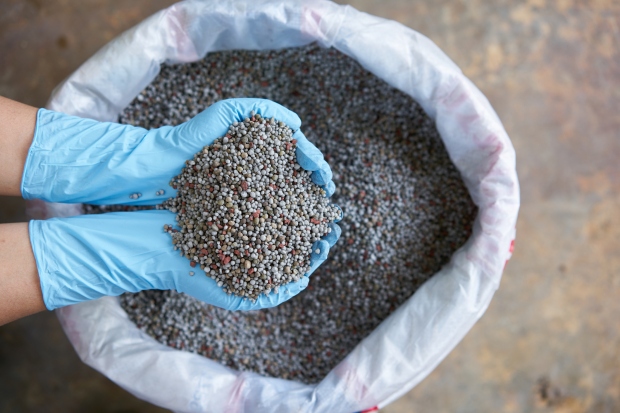
Liquid fertilizers are concentrated formulas meant to be diluted with water at the proper ratio and then used to water the flowers. They are easy to use but are not usually available as slow-release products.
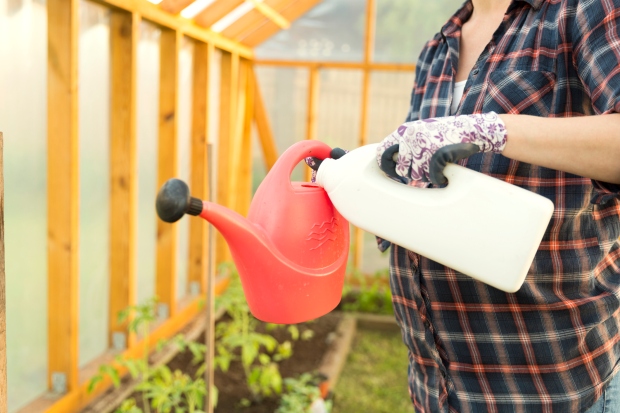
How and When to Fertilize
Regarding fertilizing your flowers, recommendations vary depending on the fertilizer type, the specific flower, and soil characteristics. As a general guideline, you can plan to fertilize your plants every 4 to 6 weeks when they are actively growing unless directed otherwise on the product label.
- Never apply more than the recommended rate on the label, and never more often than it states.
- Water the fertilizer into the ground after application and wash product residue off the leaves.
- Do not fertilize when your plants are stressed or are recovering from insect or disease problems.
